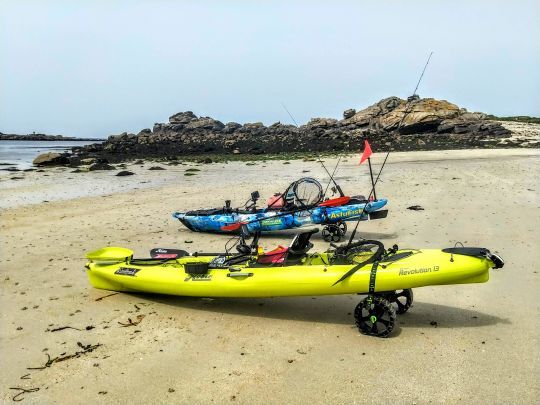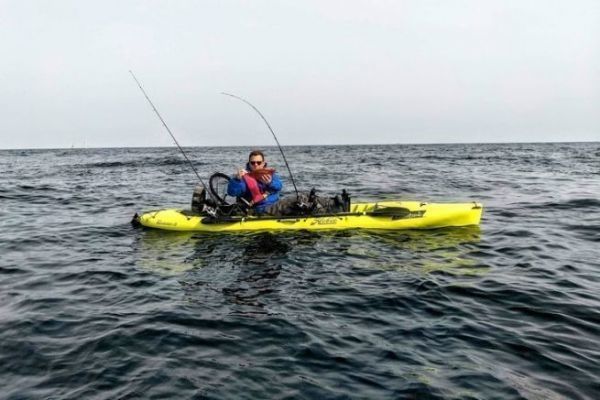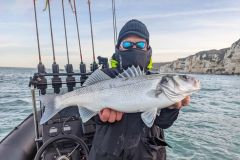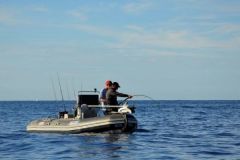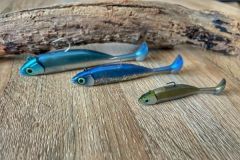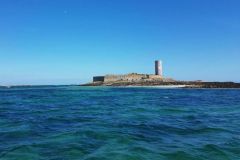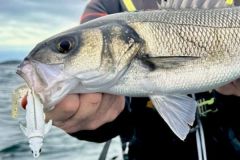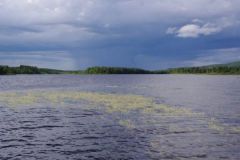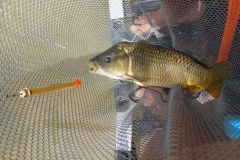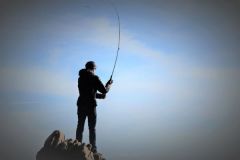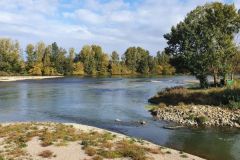Using the conditions
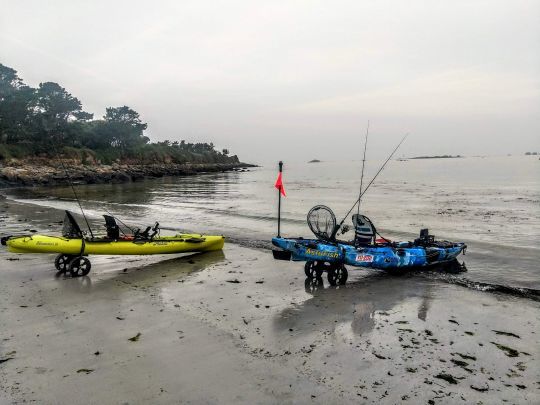
After having worked the tide rocker in the previous article, we are going to use a strong downward coefficient to succeed in this session. And that is by limiting the rise of drifts.
To set the scene for this session, the weather was mild, no fog, no wind, a calm water, but a tidal coefficient of 86. With a beginning of tipping from 06:30 and a strengthening of the winds around 14:00, time at which we will be out of the water. For this outing, we are two. A colleague, with whom I go out on the water from time to time and who also owns a propelled kayak, accompanies me.
The launch is planned at 06:30 am, we have the right to a sunrise a little foggy, but the visibility is good.
Fishing actions
Direction of the spots in the small open sea and as usual, we drag swimming fish with big bibs during the transit, we will make a sea bass each one with this method. It takes us a good hour to get to the desired spot. From time to time, we scrape the bottom according to the echoes of the sounder, quite a few Breton groupers will come up to the kayaks. Finally arrived, the tidal current starts to be felt, the drift will be parallel to the coastline, there is no wind to bring us back to it.
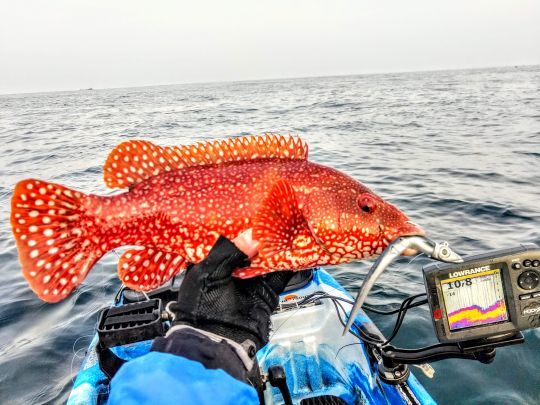
As a technical aside, in these conditions, there is no point in using a floating anchor to slow down the drift, on the contrary, it would accelerate it, as the anchor would then act as an underwater sail. Floating anchors are effective when the drift is due to the wind...
As the drift is quite fast, it is necessary to fish vertically or at least avoid letting the lure drag on the bottom, which would be a sign of immediate hooking. Find the right weight and cast a few meters in front of the drift to touch the bottom vertically to the kayak and raise immediately after contact.
For this session, on 15 to 30 m depths, I fished with 30 grams heads then 45 grams at the strongest current, on the third and fourth hours of descent. We work the drift for about 500 m, slowing it down from time to time by using our propulsion. This is one of the advantages of propelled kayaks for fishing, it leaves our hands free...
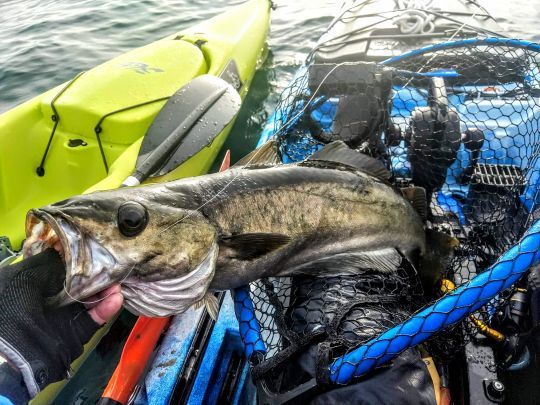
The first fishes arrive quickly, they are pretty lees which do not resist to the imitations of sand eels. From time to time, we bring up our drifts, it takes about ten minutes for the longest, on the two most delicate hours. Most of the fishing will be done during the first two hours.
Among the fish caught, apart from the leeches, Breton groupers and coquettes came to say hello. Around 11:00 am, we decide to stop, we will keep three fish each, with a nice 80 cm for me which will have made me a tonic fight, we see it in the video at the end of the article.
A beautiful meeting
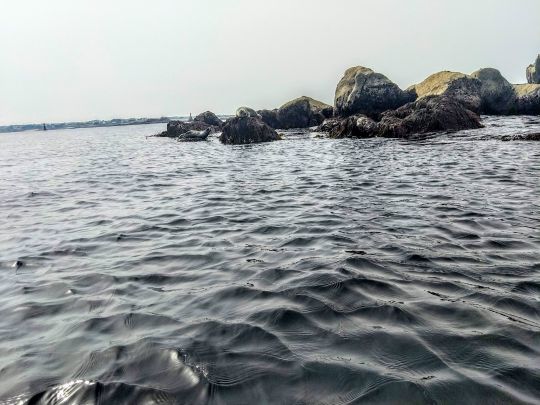
On the way back, as the weather was good, I took my colleague to see the seals warming themselves in the sun on the rocks uncovered by the tide. We stayed at a good distance to avoid making them dive by getting too close. The water is still cold and it is useless to force them to get wet for nothing.
The experience shows that by staying at a distance of about fifteen meters, we do not disturb them. We continued to Stagadon, a beautiful white sand beach, in turquoise waters where we had our snack before returning to the boat launch. Still a beautiful morning...
